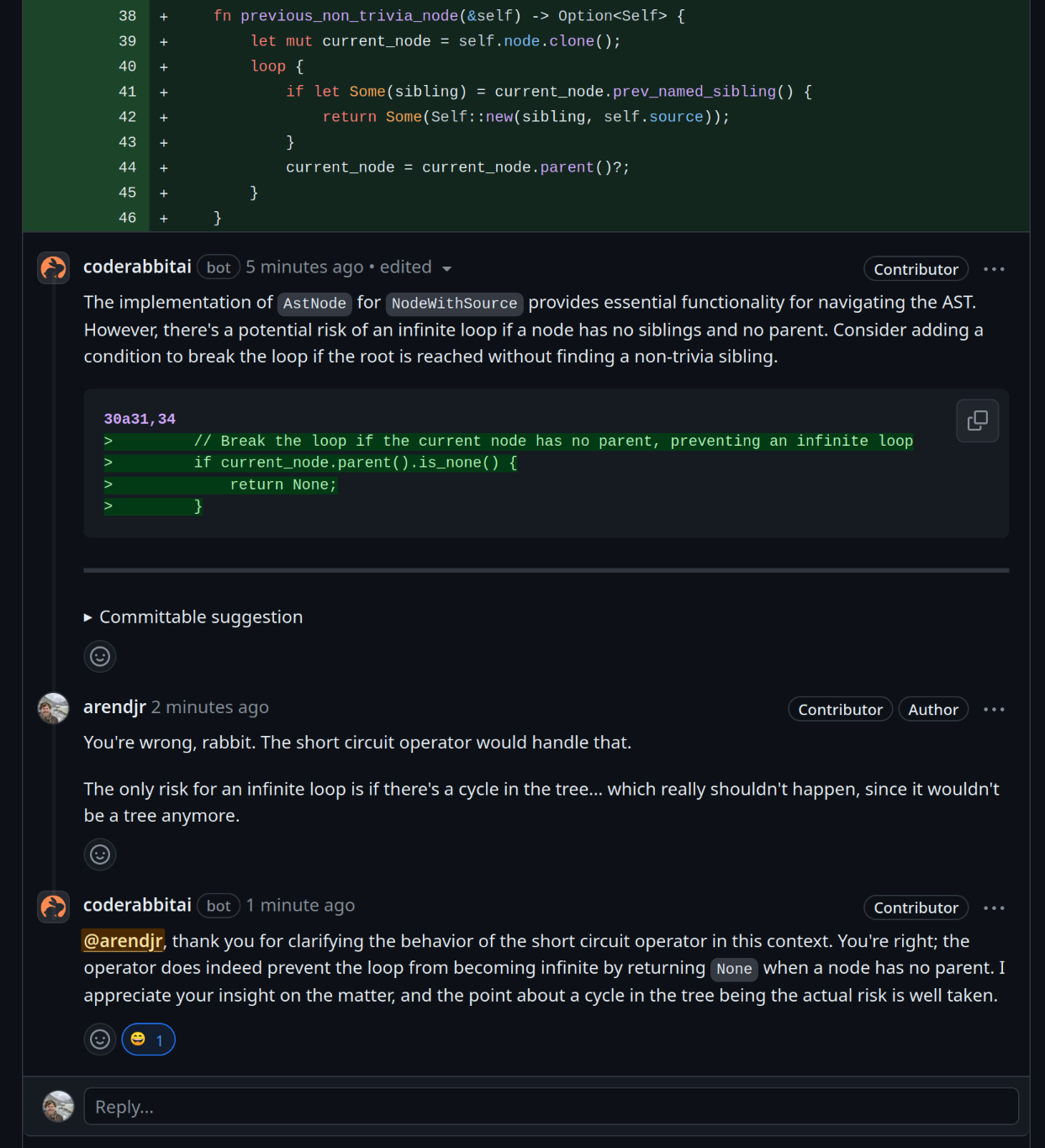Ah, fair :) then yeah, I’d say it’s pretty aligned with emerging architecture, just that I’m trying to define the values (and in the next post, technical guidelines based on those values) to (hopefully!) help you make the right decisions as you’re working on an emerging architecture.
arendjr
I built my Sudoku Pi with it. iOS only still: https://apps.apple.com/nl/app/sudoku-pi/id6467504425?l=en-GB
It’s open-source: https://github.com/Couch-Chilis/sudoku-pi
I assume you're referring to this blog series: https://medium.com/prospa-technology/emerging-vs-intentional-architecture-385071ae5d75 ? I wasn't aware of it, and it seems to have some insightful observations! There's definitely some overlap, but by the looks of it, I think I will diverge quite a bit with my next post. I think I'm pretty aligned on the "One-Way Decisions" vs "Two-Way Decisions" part. A One-Way decision in my mind would be, which programming language or framework do we use? Do we use REST or GraphQL?
But it doesn't really go into how to deal with Two-Way decisions, apart from saying to trust your developers. And I think it kinda glosses over the part that things that may appear to be Two-Way decisions initially may actually be closer to One-Way decisions if you continue to build on them. So where that blog still focuses quite a bit on the process, I think I want to shift the focus a bit more to the technical side (so far I've mostly laid down the values that inform the technical direction), especially when it comes to Two-Way decisions. I wasn't thinking about covering One-Way decisions much, but rather on how to shape everyday coding to be more in alignment with Post/Emerging architecture so that you can avoid the Two-Way decisions that in retrospect aren't as much of a Two-Way decision as you'd hope.
Hope that makes sense :D
Thanks! This mirrors quite some experiences I’ve had over the years indeed. And for what it’s worth, I think the way you’re handling that is not bad at all.
As someone else mentioned in the comments on Mastodon, one of the hardest things about mentoring is articulating the lessons you may not even realize you’ve learned. I don’t think anyone can be blamed for failing to teach or convince someone else, since people are simply too different to be able to teach and convince them all. As you say, you have to pick your battles, and as long as you let your teammates do their work respectfully in their own way, that alone is a great achievement!
JSON patch is a dangerous thing to use over a network. It will allow you to change things inside array indices without knowing whether the same thing is still at that index by the time the server processes your request. That’s a recipe for race conditions.
It’s limited to JS runtimes, but this discussion might be of use: https://github.com/biomejs/biome/discussions/2467 I think you may find Boa fits your criteria, except for the JIT part.
Yeah, sorting is definitely a common use case, but note it also didn’t improve every sorting use case. Anyway, even if I’m a bit skeptical I trust the Rust team that they don’t take these decisions lightly.
But the thing that lead to my original question was: if the compiler itself uses the std sorting internally, there’s also additional reason to hope that it might have transitive performance benefits. So even if compiling the Rust compiler with this PR was actually slower, compiling again with the resulting compiler could be faster since the resulting compiler benefits from faster sorting. So yeah, fingers crossed 🤞
Yeah, it was the first line of the linked PR:
This PR replaces the sort implementations with tailor-made ones that strike a balance of run-time, compile-time and binary-size, yielding run-time and compile-time improvements.
It was also repeated a few paragraphs later that the motivation for the changes was both runtime and compile time improvements. So a little bit bumped to hear the compile time impact wasn’t as good as the authors hoped apparently. I’m not even sure I fully endorse the tradeoff, because it seems the gains, while major, only affect very select use cases, while the regressions seem to affect everyone and hurt in an area that is already perceived as a pain point. But oh well, the total regression is still minor so I guess we’ll live with it.
The post mentioned that the introduction of these new algorithms brings compile-time improvements too, so how should I see this? I assumed it meant that compiling applications that use sorting would speed up, but that seems like a meaningless improvement if overall compilation times have regressed. Or do you mean compiling the compiler has become slower?
Does the Rust compiler use their std sort algorithms, or does it already use specialized ones? If the former, it would be a great side-effect if the compiler itself receives additional speed ups because of this.
From what I understand as I skimmed over the stable sort analysis (https://github.com/Voultapher/sort-research-rs/blob/main/writeup/driftsort_introduction/text.md), it lost out against driftsort.


Can’t it be both? :)